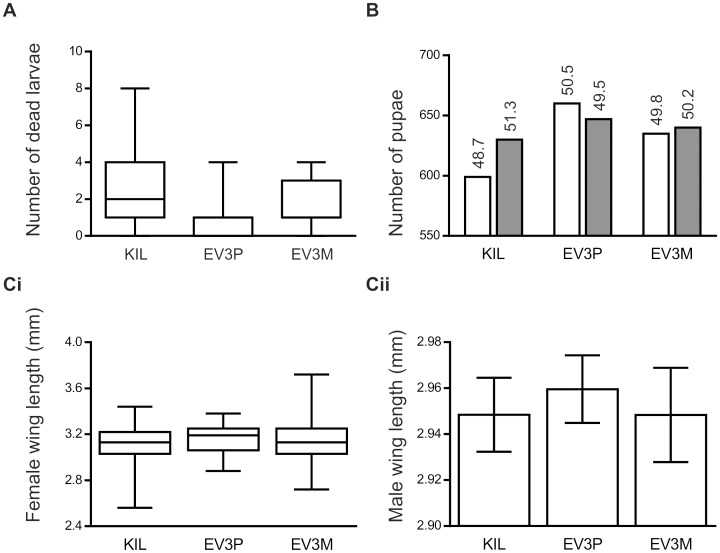Figure 1. Larval mortality, pupal sex ratios and wing lengths.
Data represent comparisons between the control (KIL) and hemizygous transgenic strains (EV3P and EV3M). (A) Larval mortality data are pooled over 3 independent experiments, each with 15 replicates of 30 individuals per strain. Boxplots show the interquartile range (open boxes), the median (horizontal line for KIL but coinciding with the interquartile range at 1 for both EV3P and EV3M) and the maximum and minimum values (vertical lines). There were no significant differences between strains (p = 0.368). (B) Numbers of pupae and pupal sex ratio data are pooled over 3 independent experiments, each with 15 replicates of 30 individuals per strain. The percentage of females (open bars) and males (shaded bars) for each strain is indicated. Statistical analysis showed no significant difference in sex ratios between strains (p = 0.673). (C) Wing length data are pooled over 3 independent experiments, each involving 100 female and 100 male mosquitoes for each strain. (Ci) Female wing lengths were non-normally distributed and are represented as boxplots showing the median (horizontal line), interquartile range (boxed) and maximum and minimum values (vertical lines). There were no significant differences between strains (p = 0.112). (Cii) Male wing lengths followed a normal distribution and are represented as open bars with standard errors (vertical lines). There were no significant differences between strains (p = 0.590).

